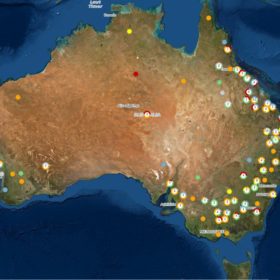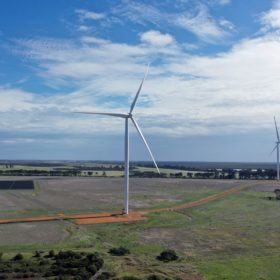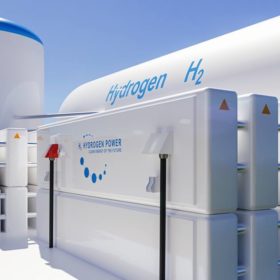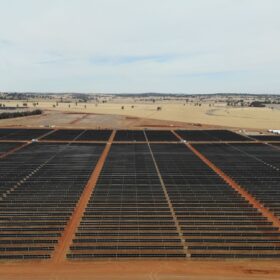AGL abandons demerger plan in the face of investor opposition
Australian power producer AGL Energy has abandoned its plan to split the company into two, conceding defeat in the face of “opposition from a small number of investors” including major investor Mike Cannon-Brookes.
Developers launch crowd-funding campaign to finance NSW solar farm
Community solar developer Komo Energy is describing it as an “Australian first” after launching a crowd equity funding campaign to help finance the construction of the planned 1.7MW battery ready Grong Grong Solar Farm being developed in the Riverina region of New South Wales.
Australian solar projects catalogued by global mapping tool
United States-based data company Global Energy Monitor has launched a new open-source tool that lists Australia’s large-scale solar plants alongside those from another 147 countries.
Novel tech for extracting hydrogen gas from liquid carriers
North Carolina State University (NCSU) has developed an energy-efficient strategy for room-temperature hydrogen release from liquid hydrogen carriers, which uses less rhodium. Elsewhere in the world, Airbus launched its Zero Emission Development Centre in the UK, Toshiba ESS teamed up with Fusion Fuel to target Australian and European markets, and Corfo signed agreements to finance three renewable hydrogen projects with GNL Quintero, iCAP, and Air Liquide in Chile.
Shark Lake Renewables Hub cuts Esperance emissions by 50%
Western Australian Premier Mark McGowan and Energy Minister Bill Johnston were in attendance yesterday when Horizon Power and Pacific Energy officially opened the Shark Lake Renewables Hub, which features 4 MW of solar alongside wind turbines, battery energy storage and a gas power plant.
Victoria urged to go ‘faster, further’ in race to 100% renewables
A parliamentary committee has recommended the Victorian government explore options to allow greater integration of distributed energy resources, including rooftop solar PV into the grid as climate activists urge the state to ramp up its renewable energy ambitions.
Laggard to leader? Labor could repair Australia’s tattered reputation on climate change, if it gets these things right
For much of the past three decades, Australia has been viewed internationally as a laggard on climate change – and with good reason. Australia was the last of the G20 economies that ratified the Kyoto Protocol and the first to dismantle a national carbon pricing scheme, and often sits near the bottom on global rankings of climate action.
Bendigo council inks deal to deliver major solar deployment program
One of Australia’s largest regional cities has signed a long-term power purchase agreement with Victorian network operator AusNet Services’ independent subsidiary Mondo Power as part of plans to install solar PV arrays on 90% of city-owned buildings in less than four years.
Frontier pushes ahead with green hydrogen production plans
Australian renewable energy project developer Frontier Energy has identified its preferred electrolysis technology as it advances plans to produce green hydrogen powered by renewable energy sourced from the potential 500MW Bristol Springs Solar project it is developing in Western Australia.
JA Solar introduces n-type solar panel with 22.4% efficiency
JA Solar said the smallest solar panel in its new n-type product line has a power output of 435 W and a power conversion efficiency of 22.3%. The largest module in the series has an efficiency rating of 22.4% and 625 W of nominal power. Their temperature coefficient is -0.30% per degree Celsius.















